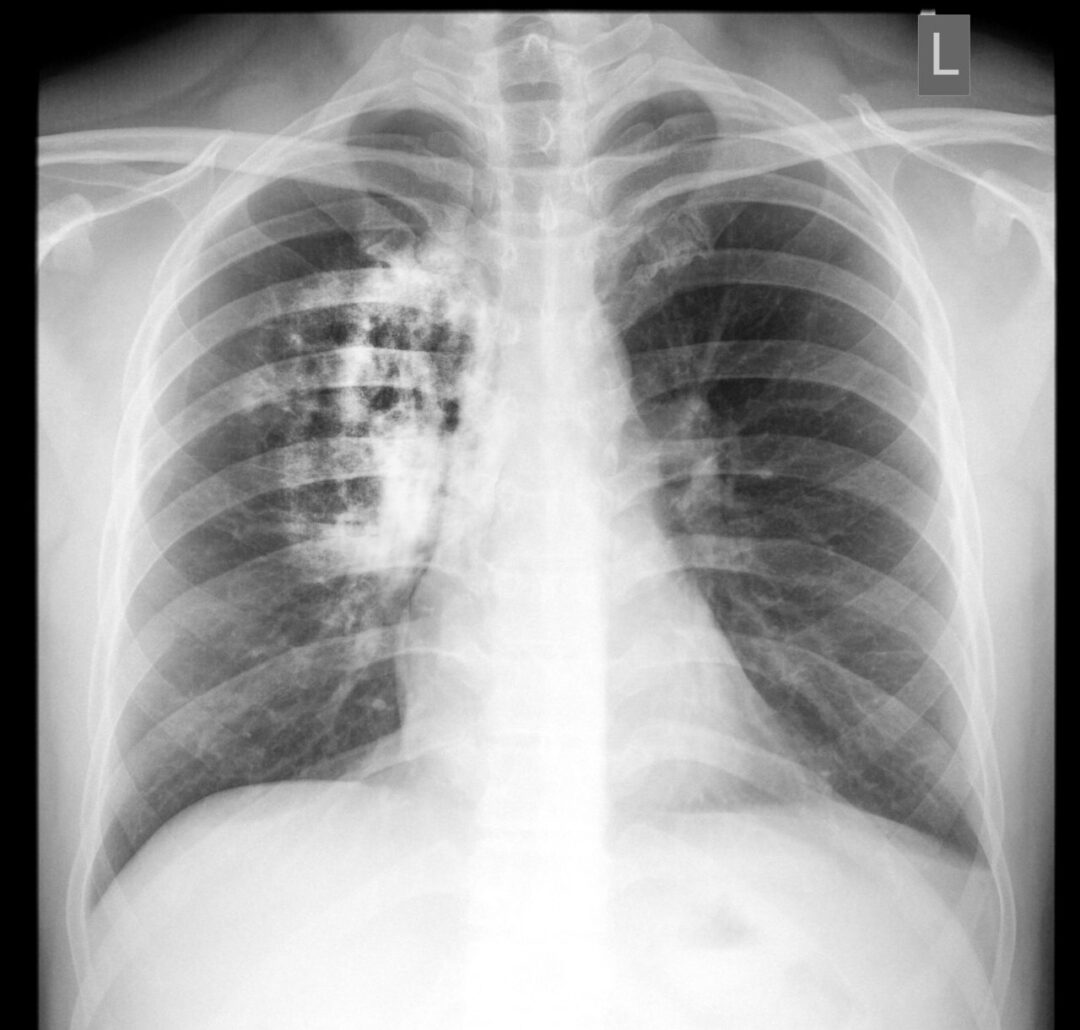Taking a breath seems simple until it’s not. When respiratory issues disrupt daily life, work can become impossible. The struggle with long-term disability due to conditions like COPD, asthma, or emphysema isn’t uncommon. If denied disability coverage for a respiratory illness, don’t fret. Our legal aid might pave the way. Share your denial letter at 816-203-0143 for a free review and expert advice.
COPD, a result of irritants like cigarette smoke, gradually weakens the lungs. Early intervention helps, but in advanced stages, it may render working untenable. Similar outcomes loom for asthma, cystic fibrosis, and other respiratory disorders.
Proving disability from a respiratory condition is a challenge. Documentation – test results, medical records, and treatment consistency – plays a pivotal role. Yet, insurers often deny claims due to lack of evidence or differing definitions of “disabled.”
Chronic Obstructive Pulmonary Disease

Chronic Obstructive Pulmonary Disease (COPD) is a progressive lung disease that makes it difficult to breathe. It’s usually caused by long-term exposure to irritants such as cigarette smoke, air pollution, chemical fumes, or dust. The two main conditions that contribute to COPD are chronic bronchitis and emphysema:
- Chronic bronchitis involves inflammation and irritation of the bronchial tubes, leading to increased production of mucus and persistent coughing;
- Emphysema damages the air sacs in the lungs, reducing their elasticity and making it harder for them to expand and contract, which makes it difficult to breathe;
- Symptoms of COPD can include shortness of breath, wheezing, chest tightness, and a chronic cough with mucus production. It’s a progressive disease, meaning it typically worsens over time, and it can severely impact a person’s quality of life;
- Managing COPD involves various strategies such as quitting smoking, avoiding lung irritants, taking prescribed medications (like bronchodilators or steroids), pulmonary rehabilitation programs, and in severe cases, supplemental oxygen therapy or surgery might be considered.
It’s crucial for individuals with COPD to work closely with healthcare professionals to develop a comprehensive treatment plan and to make lifestyle changes that can help manage the condition and improve their overall well-being.
Other respiratory disorders that may qualify for long-term disability
Various respiratory ailments serve as silent barriers, hindering your ability to maintain gainful employment. These conditions, including asthma, cystic fibrosis, emphysema, restrictive lung disease (RLD), stroke-related respiratory issues, and a spectrum of lung infections, possess the formidable capacity to rob you of your work capabilities:
- Asthma;
- Cystic Fibrosis;
- Emphysema;
- Restrictive Lung Disease (RLD);
- Stroke Related Respiratory issues;
- Pneumonia;
- Bronchiectasis.
All of these diseases are cause for long-term disability. When these respiratory adversaries strike, they render even the most routine job duties insurmountable.
COPD, renowned among a myriad of respiratory afflictions, frequently serves as the linchpin of disability claims. Its compatriots, too, pneumonia, bronchiectasis, pneumoconiosis, and their kin, weave a tapestry of impediments, curtailing the execution of diverse occupational roles.
These breathing-related maladies bear the weight of making work unfeasible, warranting a closer examination of their impact on occupational functionality in the realm of disability claims. Each wheeze, each gasp, tells the story of an individual’s struggle to maintain employment against the overpowering grip of respiratory debilitation.
Proof of a long-term disability claim due to a respiratory condition
Proving a long-term disability claim due to a respiratory condition like COPD often involves several steps and pieces of evidence to support your case. Here are some key aspects to consider:
- Medical Evidence: Gather detailed medical records, including test results, imaging studies (like X-rays or CT scans), pulmonary function tests, and documentation from healthcare providers. This evidence should demonstrate the severity of your condition, the treatments you’ve undergone, and their effects on your ability to work;
- Doctor’s Opinions: Statements and opinions from your treating physicians or specialists are crucial. They should provide clear and detailed reports on your diagnosis, symptoms, limitations, and prognosis. These opinions carry weight in proving the extent of your disability;
- Functional Limitations: Describe how your respiratory condition affects your daily life and work. Include specific examples of how it impacts your ability to perform tasks, walk, climb stairs, lift objects, or engage in physical activities. This helps establish the functional limitations imposed by your condition;
- Work History and Vocational Evidence: Provide documentation detailing your work history, job duties, and any modifications made by your employer due to your condition. A vocational expert’s assessment may be useful to show how your respiratory condition prevents you from performing your job or any other work for which you might be suited;
- Consistency in Treatment: Show that you’ve been compliant with prescribed treatments, therapies, and medications. This illustrates your commitment to managing your condition and its impact on your ability to work;
- Supporting Statements: Gather statements from friends, family, or colleagues who have witnessed the impact of your condition on your ability to work or perform daily tasks;
- Legal Assistance: Consider seeking legal representation from an attorney experienced in disability claims. They can guide you through the process, ensure proper documentation, and represent your case effectively.
Remember, the process of proving a long-term disability claim can be complex and often involves meeting specific criteria set by the insurance provider.
Summarize
These breathing-related maladies bear the weight of making work unfeasible, warranting a closer examination of their impact on occupational functionality in the realm of disability claims. Each wheeze, each gasp, tells the story of an individual’s struggle to maintain employment against the overpowering grip of respiratory debilitation.



